Home>Renovation & DIY>Home Renovation Guides>What Are The Eaves Of A Roof?
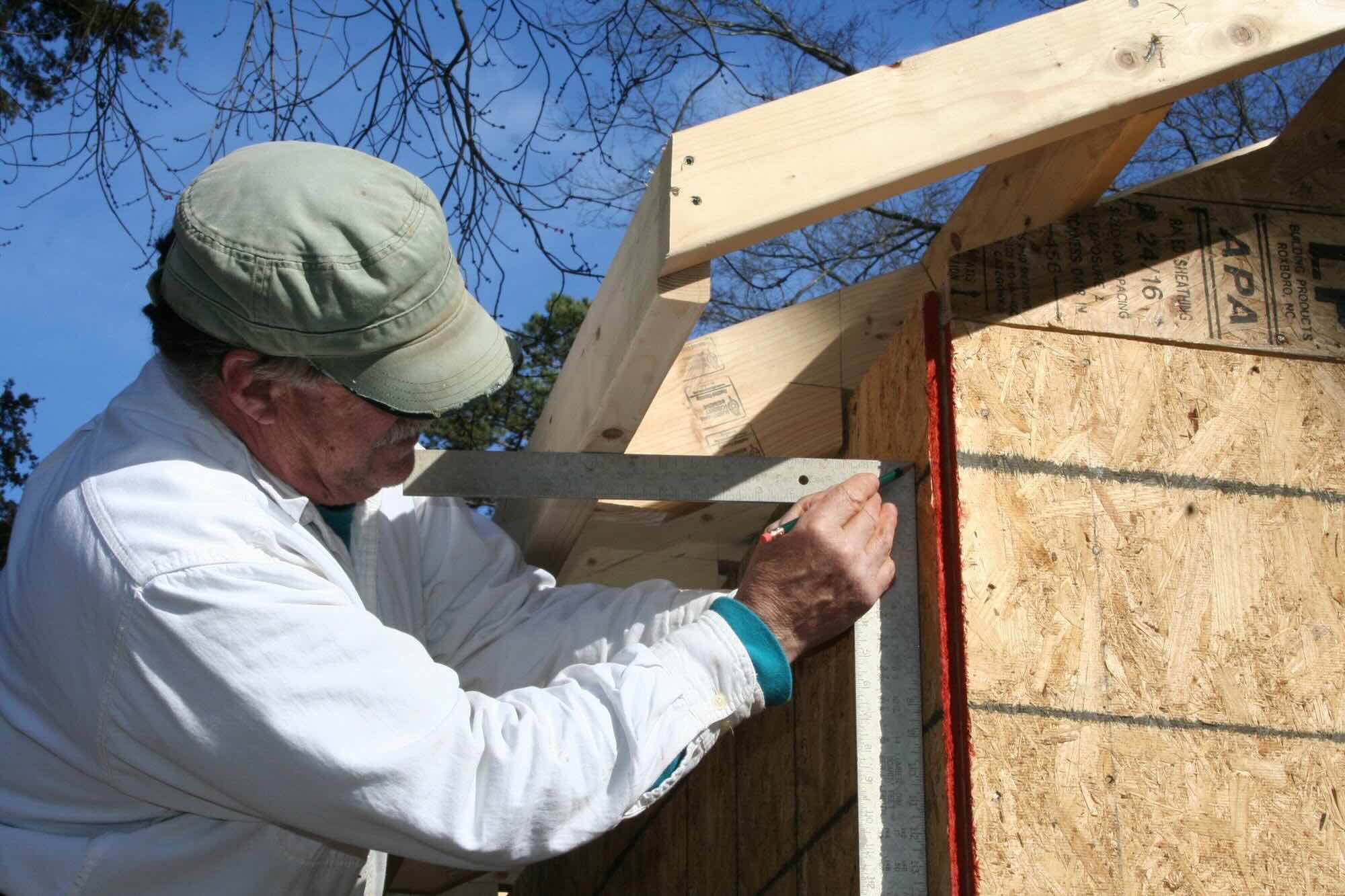

Home Renovation Guides
What Are The Eaves Of A Roof?
Modified: August 28, 2024
Learn about the importance of eaves in home renovation projects with our comprehensive guide. Discover how eaves can enhance the aesthetics and functionality of your roof. Explore expert tips and advice for eaves installation and maintenance.
(Many of the links in this article redirect to a specific reviewed product. Your purchase of these products through affiliate links helps to generate commission for Storables.com, at no extra cost. Learn more)
Introduction
The eaves of a roof are an essential yet often overlooked component of a home's structure. While they may seem like a simple architectural feature, eaves play a crucial role in protecting the overall integrity of a building. Understanding the significance of eaves is fundamental for homeowners, architects, and anyone involved in the construction or renovation of residential or commercial properties.
Eaves are not merely decorative elements; they serve a practical purpose in safeguarding a building from the elements. By extending beyond the walls of a structure, eaves provide protection against rain, snow, and sunlight, effectively preventing water damage and minimizing the impact of harsh weather conditions. Additionally, eaves contribute to the aesthetic appeal of a building, enhancing its overall architectural design.
In this comprehensive guide, we will delve into the definition, functions, importance, types, and maintenance of eaves. By gaining a deeper understanding of eaves, readers will be equipped with the knowledge necessary to make informed decisions regarding their homes' construction and maintenance. Whether you are a homeowner seeking to enhance your property's curb appeal or a professional in the construction industry, this guide will provide valuable insights into the often underestimated yet vital aspect of eaves in roof design and maintenance.
Key Takeaways:
- Eaves are more than just roof decorations; they protect buildings from water damage, regulate sunlight, and enhance architectural appeal, making them essential for a sturdy and beautiful home.
- Regular eaves maintenance, including inspection, cleaning, and repairs, is crucial for preserving a building’s integrity and visual charm, ensuring long-lasting protection and appeal.
Read more: What Is An Eave On A Roof
Definition of Eaves
The eaves of a roof refer to the overhanging edges that extend beyond the walls of a building. This architectural feature is situated at the lower edge of the roof and is an integral part of the overall roof structure. Eaves are designed to provide an extension of the roof beyond the exterior walls, creating a protective overhang. This overhang serves as a shield, safeguarding the walls and foundation of the building from water damage caused by rain, snow, or sleet.
Eaves typically consist of several components, including the soffit, fascia, and gutter system. The soffit is the exposed surface beneath the overhanging section of the roof, while the fascia is the horizontal board that runs along the edge of the roof, supporting the lower edge of the roof and providing a base for the installation of the gutters. The gutter system, which is often attached to the fascia, collects and diverts rainwater away from the building, preventing water from seeping into the walls or foundation.
In addition to their protective function, eaves also contribute to the aesthetic appeal of a building. The overhang created by the eaves adds depth and dimension to the roofline, enhancing the overall architectural design of the structure. Furthermore, eaves can be customized to complement the style of the building, whether it be traditional, modern, or contemporary, adding a distinctive touch to the exterior appearance.
Eaves are a defining feature of various architectural styles, from classic colonial homes with prominent eaves to sleek, minimalist designs with subtle overhangs. The size and projection of eaves can vary depending on the climate and regional architectural traditions. In areas with heavy rainfall or intense sunlight, eaves are often designed to have a more pronounced overhang to provide enhanced protection for the building's exterior.
Understanding the definition of eaves is crucial for homeowners, architects, and builders, as it forms the basis for appreciating the functional and aesthetic significance of this architectural element. By recognizing the role of eaves in protecting a building from environmental elements and enhancing its visual appeal, individuals can make informed decisions when designing, renovating, or maintaining the eaves of a structure.
Functions of Eaves
The eaves of a roof serve multiple essential functions that contribute to the overall protection and integrity of a building. Understanding these functions is crucial for homeowners, architects, and builders to appreciate the significance of eaves in residential and commercial construction.
-
Water Diversion: One of the primary functions of eaves is to divert water away from the walls and foundation of a building. By extending beyond the exterior walls, eaves prevent rainwater from directly hitting the walls, thus minimizing the risk of water infiltration and potential structural damage. The overhang created by the eaves ensures that water is directed away from the building, protecting the walls and foundation from moisture-related issues.
-
Preventing Erosion: Eaves play a crucial role in preventing soil erosion around the perimeter of a building. By directing rainwater away from the walls, eaves help maintain the stability of the soil and landscaping surrounding the structure. This is particularly important for preserving the integrity of the foundation and preventing soil erosion, which can compromise the structural stability of a building over time.
-
Minimizing Splashback: Without eaves, rainwater can splash back onto the walls, leading to unsightly stains, mold growth, and potential damage to exterior finishes. The overhang provided by the eaves effectively reduces the impact of splashback, preserving the exterior appearance of the building and minimizing maintenance requirements.
-
Sunlight Regulation: In addition to protecting against rain, eaves also help regulate sunlight entering the building. By creating shade along the exterior walls, eaves reduce solar heat gain, particularly during the warmer months. This not only contributes to energy efficiency by reducing the need for excessive cooling but also enhances the comfort of the building's interior spaces.
-
Enhancing Aesthetic Appeal: While primarily functional, eaves also contribute to the visual appeal of a building. The overhang created by the eaves adds depth and dimension to the roofline, enhancing the architectural character of the structure. Eaves can be customized to complement the overall design aesthetic, whether it be a traditional, contemporary, or modern style, adding a distinctive visual element to the building's exterior.
Understanding the multifaceted functions of eaves is essential for homeowners and industry professionals alike. By recognizing the role of eaves in protecting against water damage, minimizing erosion, regulating sunlight, and enhancing the visual appeal of a building, individuals can make informed decisions when designing, renovating, or maintaining the eaves of a structure.
Importance of Eaves in Roof Design
The importance of eaves in roof design cannot be overstated, as these architectural elements play a pivotal role in the overall functionality and aesthetics of a building. From protecting against water damage to enhancing the visual appeal, eaves are integral to the structural integrity and design coherence of residential and commercial properties.
First and foremost, eaves are crucial for safeguarding a building against water infiltration and damage. By extending beyond the walls, eaves effectively divert rainwater away from the exterior, preventing moisture from seeping into the walls and foundation. This proactive measure not only protects the structural integrity of the building but also minimizes the risk of costly water-related repairs and mold infestations.
Moreover, eaves contribute to the regulation of sunlight entering the building. By creating shade along the exterior walls, eaves help reduce solar heat gain, particularly during the warmer months. This not only enhances the energy efficiency of the building by reducing the need for excessive cooling but also fosters a more comfortable indoor environment for occupants.
In addition to their functional significance, eaves play a vital role in enhancing the visual appeal of a structure. The overhang created by eaves adds depth and dimension to the roofline, contributing to the architectural character of the building. Furthermore, eaves can be customized to complement the overall design aesthetic, whether it be a traditional, contemporary, or modern style, adding a distinctive visual element to the building's exterior.
From a design perspective, eaves also provide an opportunity to incorporate architectural details and decorative elements, further enhancing the overall aesthetic appeal of the building. Whether through the use of intricate soffit designs, decorative fascia boards, or customized gutter systems, eaves offer a canvas for creative expression and architectural embellishment.
In summary, the importance of eaves in roof design encompasses both practical and aesthetic considerations. By serving as a protective barrier against water damage, regulating sunlight, and contributing to the visual appeal of a building, eaves are indispensable elements in the construction and design of residential and commercial properties. Recognizing the significance of eaves in roof design is essential for homeowners, architects, and builders, as it informs the decision-making process in creating structurally sound, visually captivating, and environmentally conscious buildings.
Types of Eaves
The architectural diversity of eaves is reflected in the various types that are employed in residential and commercial construction. Each type of eaves serves specific functional and aesthetic purposes, contributing to the overall design and performance of a building. Understanding the different types of eaves is essential for homeowners, architects, and builders, as it allows for informed decision-making in the construction, renovation, and maintenance of eaves.
-
Closed Eaves: Closed eaves are characterized by a soffit that encloses the underside of the roof overhang, concealing the rafters and providing a clean, finished appearance. This type of eaves offers a seamless transition from the roofline to the exterior walls, creating a polished and cohesive look. Closed eaves are particularly popular in contemporary and modern architectural styles, where a streamlined and minimalist aesthetic is desired.
-
Open Eaves: In contrast to closed eaves, open eaves feature an exposed underside, allowing the rafters and roof structure to be visible from the exterior. This type of eaves lends a more rustic and traditional appeal to a building, showcasing the structural elements and adding a sense of depth and character to the roofline. Open eaves are often found in architectural styles that emphasize natural materials and craftsmanship, such as Craftsman and rustic farmhouse designs.
-
Boxed Eaves: Boxed eaves, also known as box eaves, are characterized by a horizontal soffit that extends beyond the exterior walls, creating a boxed appearance. This type of eaves provides a defined and geometric silhouette to the roofline, adding a contemporary and architectural flair to the building. Boxed eaves are commonly utilized in modern and minimalist designs, where clean lines and geometric forms are prominent features.
-
Sheltered Eaves: Sheltered eaves, as the name suggests, offer an extended overhang that provides additional protection from the elements. This type of eaves is designed to shield the exterior walls and windows from direct exposure to rain, snow, and sunlight, offering enhanced protection and energy efficiency. Sheltered eaves are particularly beneficial in regions with inclement weather, where the added overhang helps mitigate the impact of harsh environmental conditions.
-
Decorative Eaves: Decorative eaves encompass a wide range of ornamental elements and embellishments that adorn the underside of the roof overhang. From intricate woodwork and molding to decorative brackets and corbels, this type of eaves allows for creative expression and architectural detailing. Decorative eaves contribute to the visual interest and character of a building, adding a touch of elegance and individuality to the overall design.
By recognizing the distinct characteristics and applications of each type of eaves, homeowners, architects, and builders can make informed decisions when selecting the most suitable eaves for a particular architectural style and environmental context. The versatility of eaves types allows for customization and adaptation to diverse design preferences and functional requirements, ultimately contributing to the unique identity and performance of a building.
Read more: What Are The Eaves Of A House?
Maintenance of Eaves
Proper maintenance of eaves is essential for preserving the structural integrity and aesthetic appeal of a building. Neglecting eaves can lead to a range of issues, including water damage, deterioration of materials, and compromised functionality. By implementing regular maintenance practices, homeowners and property managers can ensure that eaves remain in optimal condition, effectively fulfilling their protective and visual enhancement roles.
Inspection and Cleaning
Regular inspection of eaves is the first step in effective maintenance. Inspecting for signs of damage, such as rot, mold, or pest infestation, allows for timely intervention to prevent further deterioration. Additionally, cleaning eaves to remove debris, leaves, and dirt is crucial in preventing clogged gutters and water buildup, which can lead to water damage and structural issues.
Repairs and Repainting
Addressing any identified issues promptly is vital to prevent minor problems from escalating. Repairing damaged soffits, fascia, or gutter systems, and repainting or resealing exposed wood surfaces, helps maintain the structural integrity and visual appeal of eaves. This proactive approach can extend the lifespan of eaves and minimize the need for extensive repairs in the future.
Gutter Maintenance
The gutter system attached to eaves plays a critical role in directing rainwater away from the building. Regular gutter maintenance, including clearing debris, checking for leaks, and ensuring proper alignment, is essential for preventing water accumulation and potential water damage to the eaves and the building's exterior.
Read more: What Is A Roof
Pest Control
Eaves can be susceptible to pest infestations, including birds, insects, and rodents. Implementing pest control measures, such as installing bird deterrents, sealing entry points, and addressing insect infestations promptly, helps protect eaves from damage and ensures a healthy living environment.
Professional Inspections
Periodic professional inspections of eaves, particularly in regions prone to extreme weather conditions, can provide valuable insights into the overall condition of the eaves and identify any underlying issues that require attention. Professional roofers or contractors can assess the eaves' structural integrity, recommend necessary repairs, and offer guidance on preventive maintenance measures.
By prioritizing the maintenance of eaves, homeowners and property managers can safeguard their investment, prolong the lifespan of the building, and maintain its visual appeal. Regular upkeep and timely interventions contribute to the overall resilience and functionality of eaves, ensuring that they continue to fulfill their essential roles in protecting the building from environmental elements and enhancing its architectural character.
When designing or building a roof, make sure to consider the eaves, which are the edges that overhang the walls. Properly designed eaves can help protect the walls from water damage and provide shade for the building.
Conclusion
In conclusion, the eaves of a roof are far more than decorative features; they are integral components that contribute to the protection, functionality, and visual appeal of a building. From their role in diverting water away from the walls and foundation to their ability to regulate sunlight and enhance the architectural character, eaves play a multifaceted role in residential and commercial construction.
Understanding the definition and functions of eaves provides valuable insights for homeowners, architects, and builders, empowering them to make informed decisions when designing, renovating, or maintaining the eaves of a structure. By recognizing the importance of eaves in roof design, individuals can appreciate the significance of these architectural elements in preserving the structural integrity of a building and contributing to its energy efficiency and aesthetic coherence.
The diverse types of eaves offer versatility and customization, allowing for adaptation to various architectural styles and environmental contexts. Whether it be closed eaves for a modern, streamlined look or decorative eaves for added visual interest, the range of options caters to different design preferences and functional requirements.
Furthermore, the maintenance of eaves is paramount in ensuring their longevity and performance. Regular inspections, cleaning, repairs, and professional interventions contribute to the overall resilience of eaves, safeguarding the building from potential water damage, pest infestations, and structural issues.
In essence, the comprehensive understanding and proactive maintenance of eaves are essential for preserving the integrity and visual appeal of a building. By recognizing the multifaceted functions, importance, types, and maintenance requirements of eaves, individuals can elevate the quality and longevity of residential and commercial properties, creating spaces that are not only structurally sound but also visually captivating and environmentally conscious.
Frequently Asked Questions about What Are The Eaves Of A Roof?
Was this page helpful?
At Storables.com, we guarantee accurate and reliable information. Our content, validated by Expert Board Contributors, is crafted following stringent Editorial Policies. We're committed to providing you with well-researched, expert-backed insights for all your informational needs.
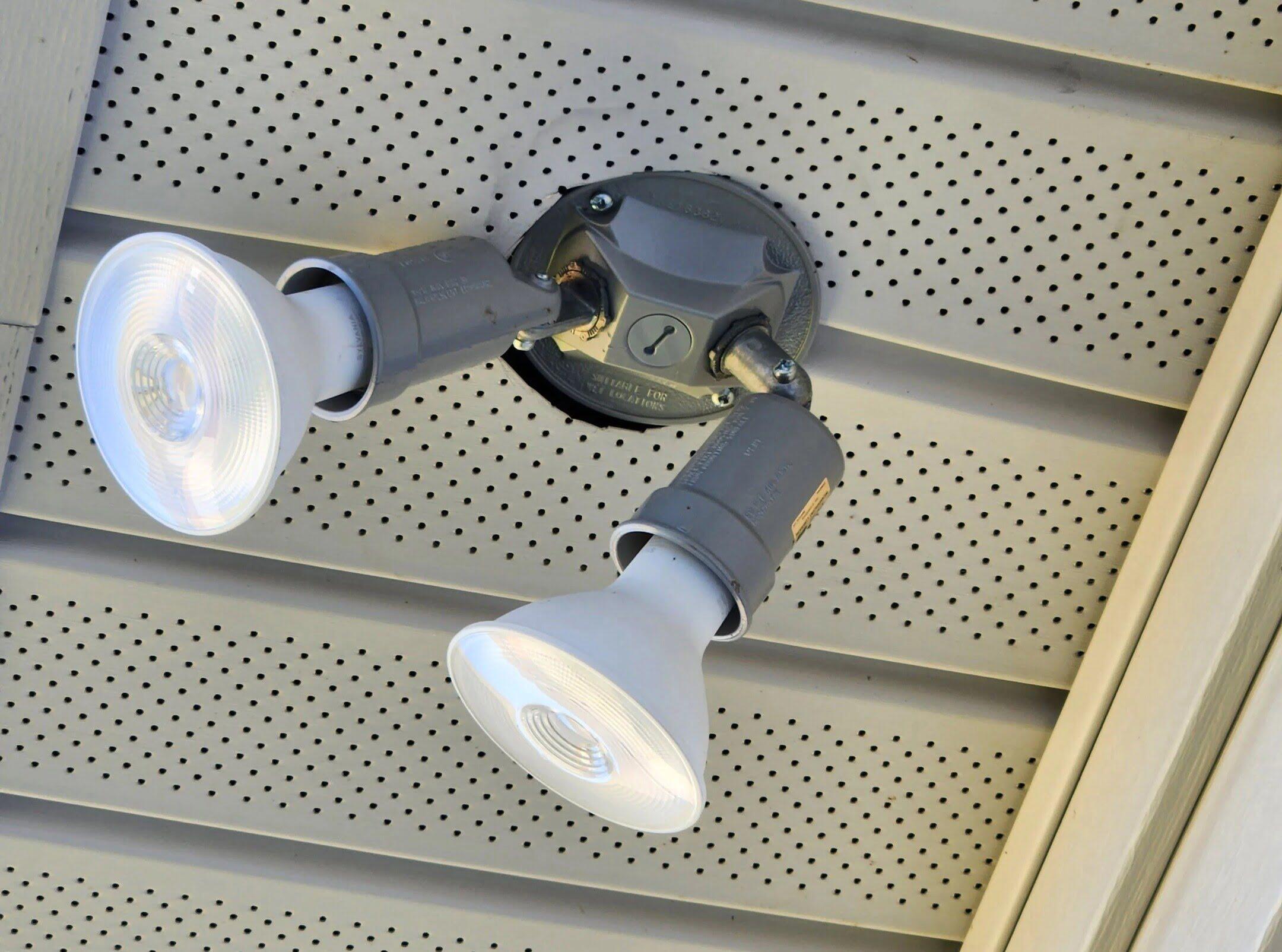
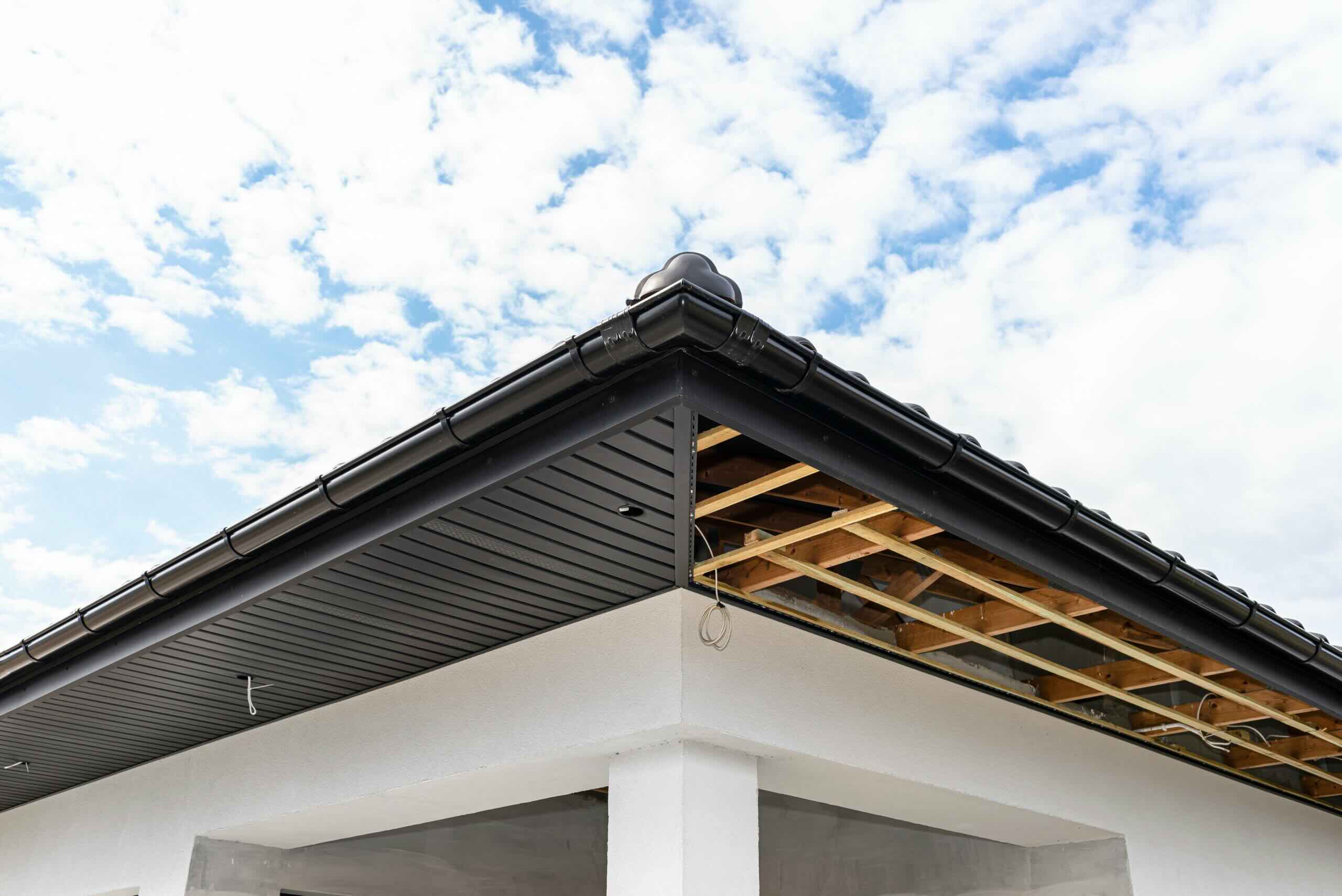
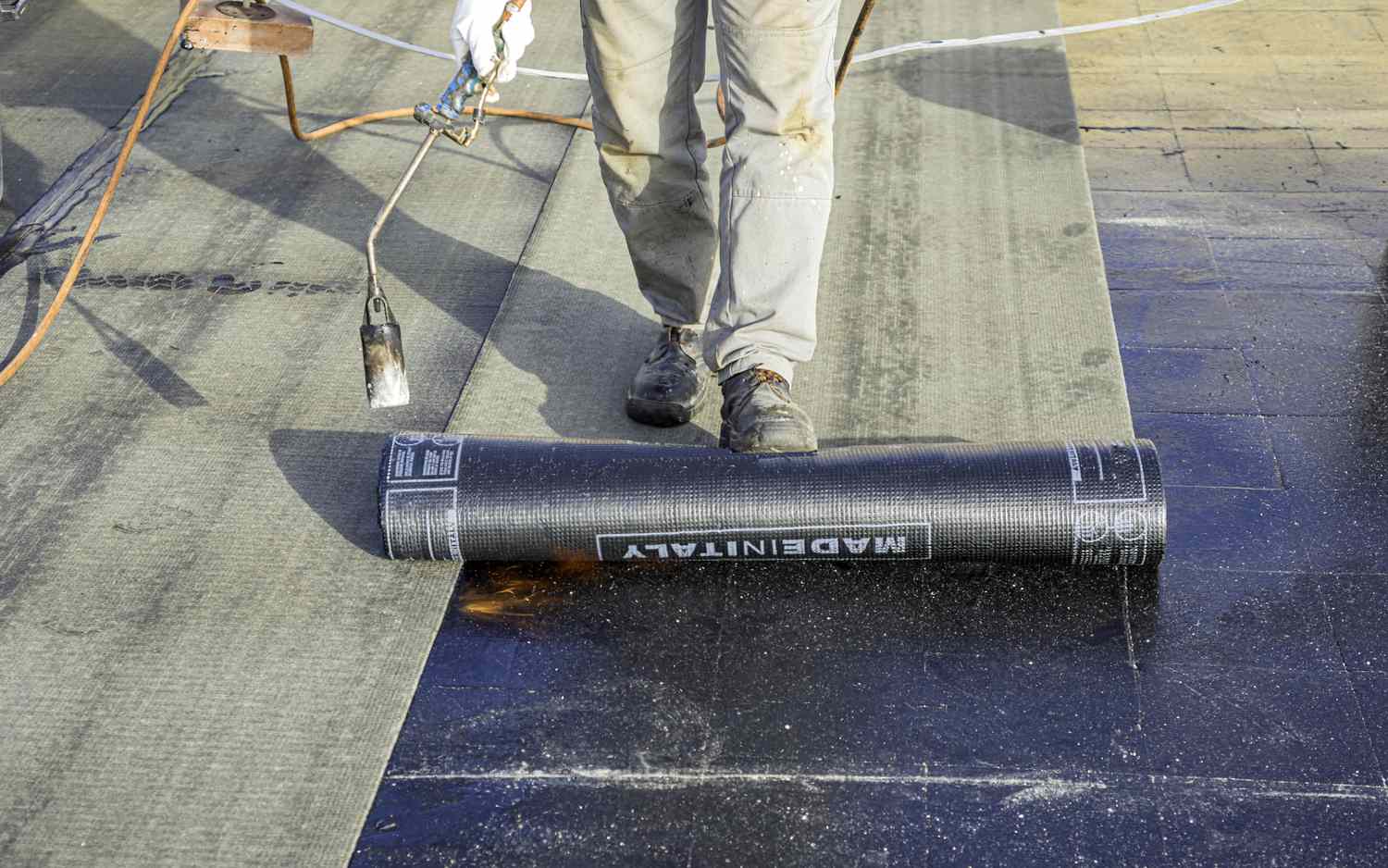
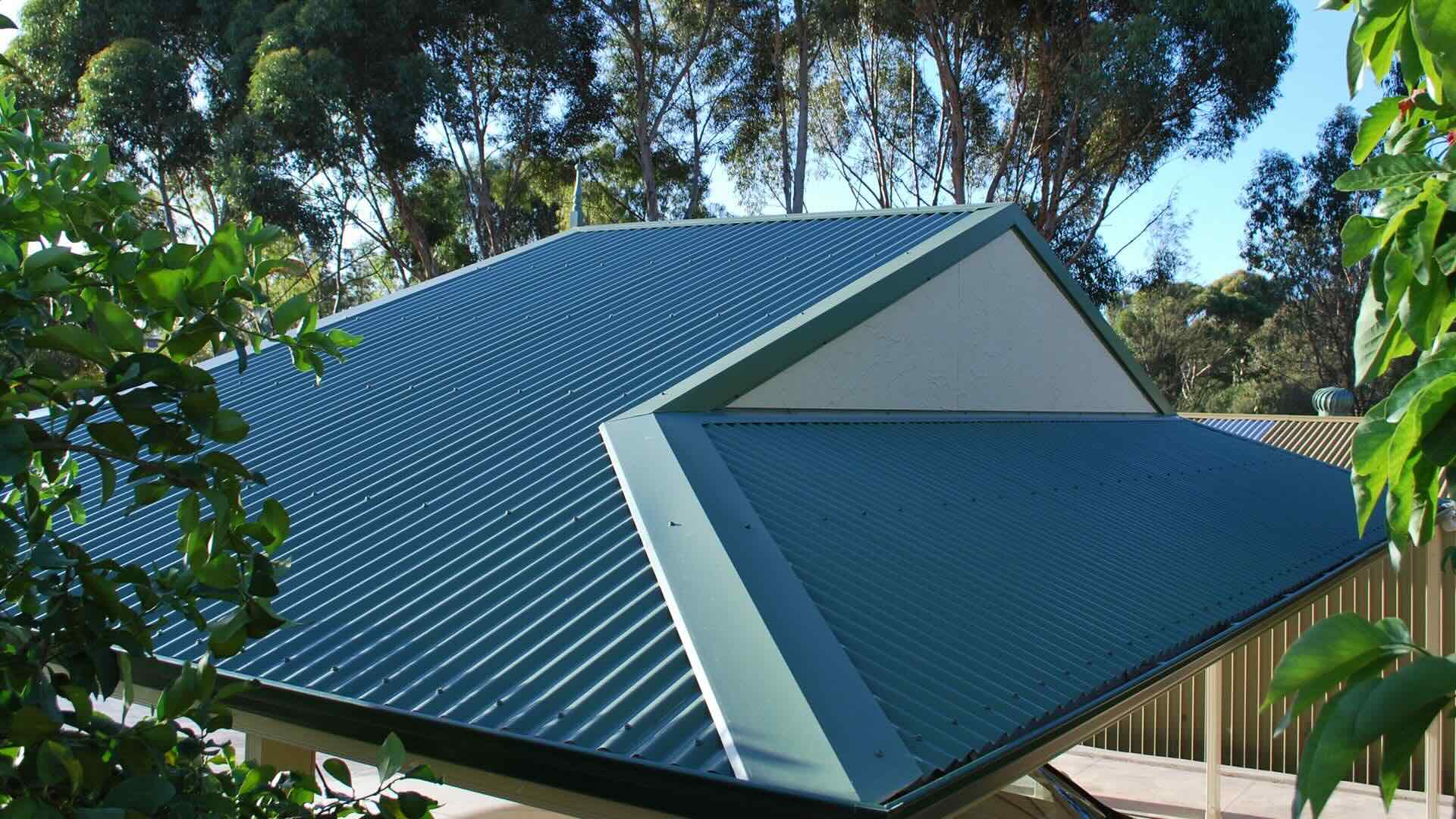
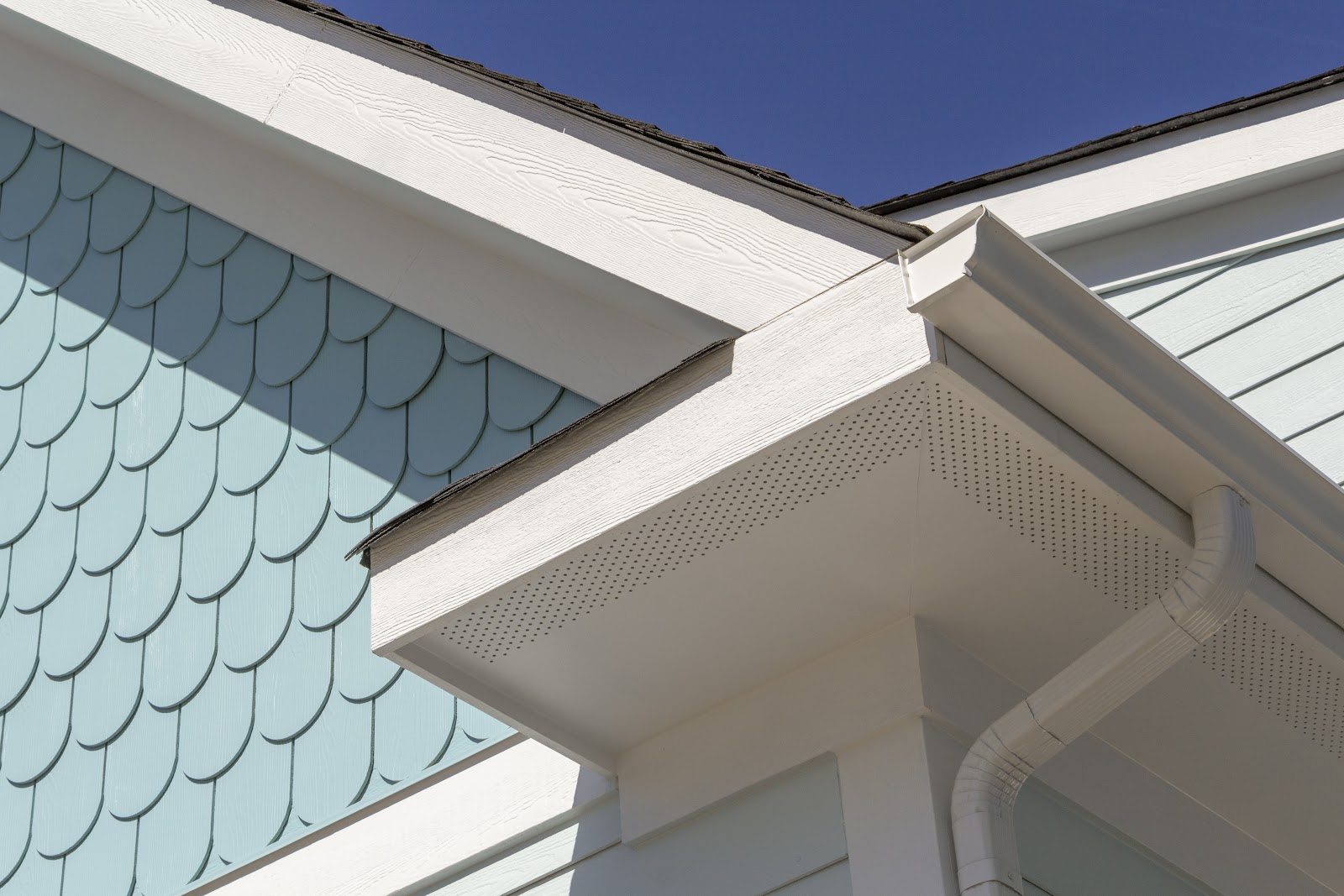
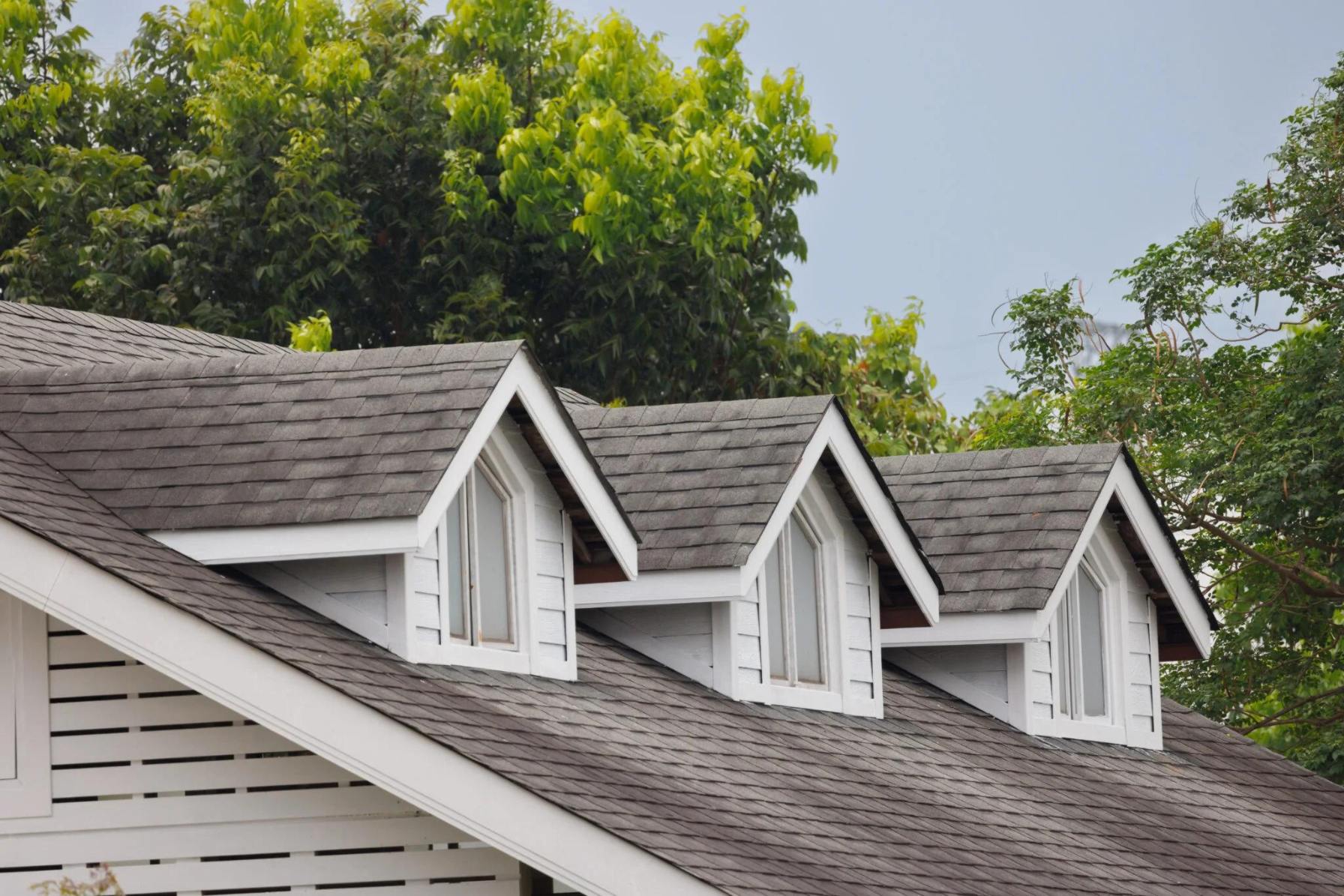

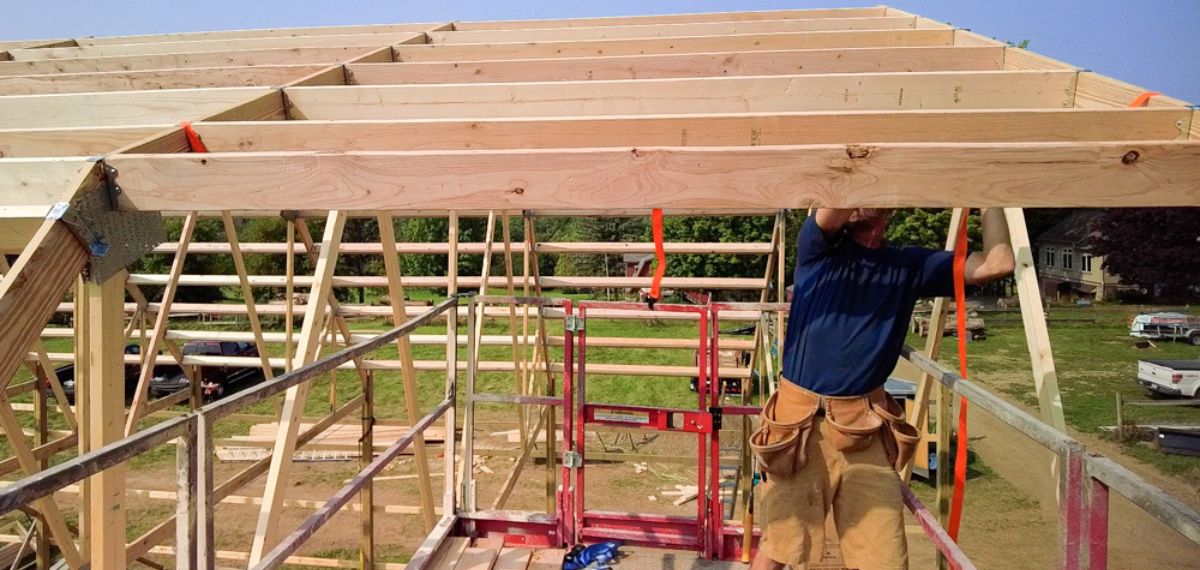
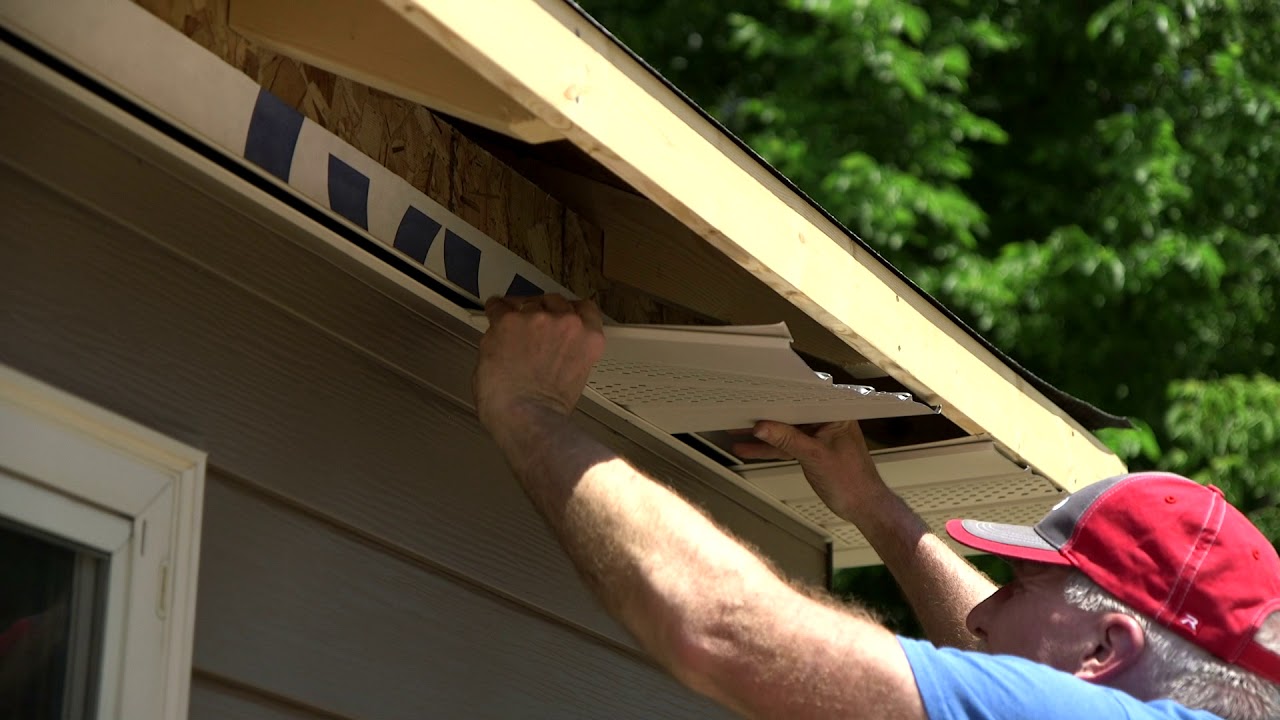
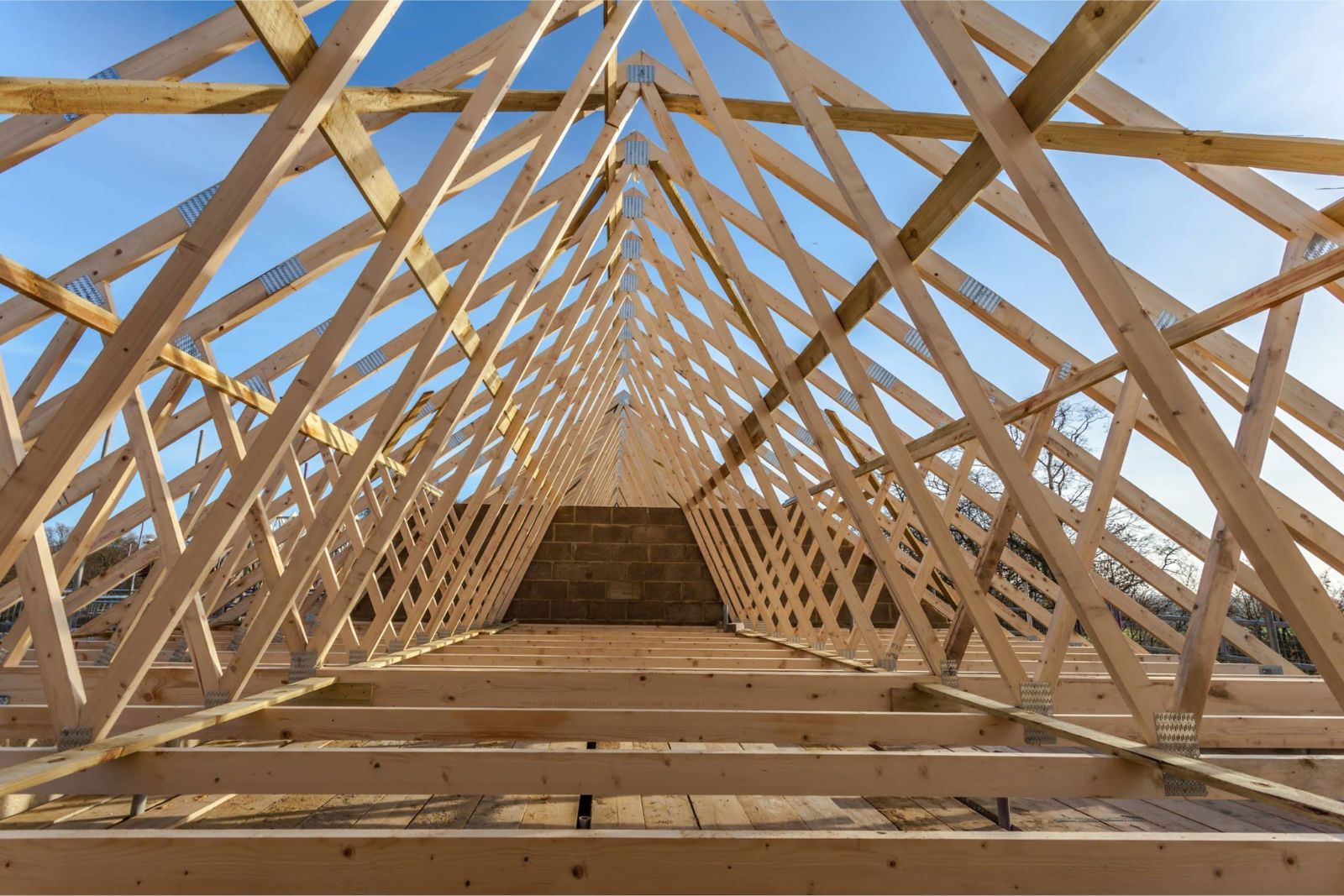
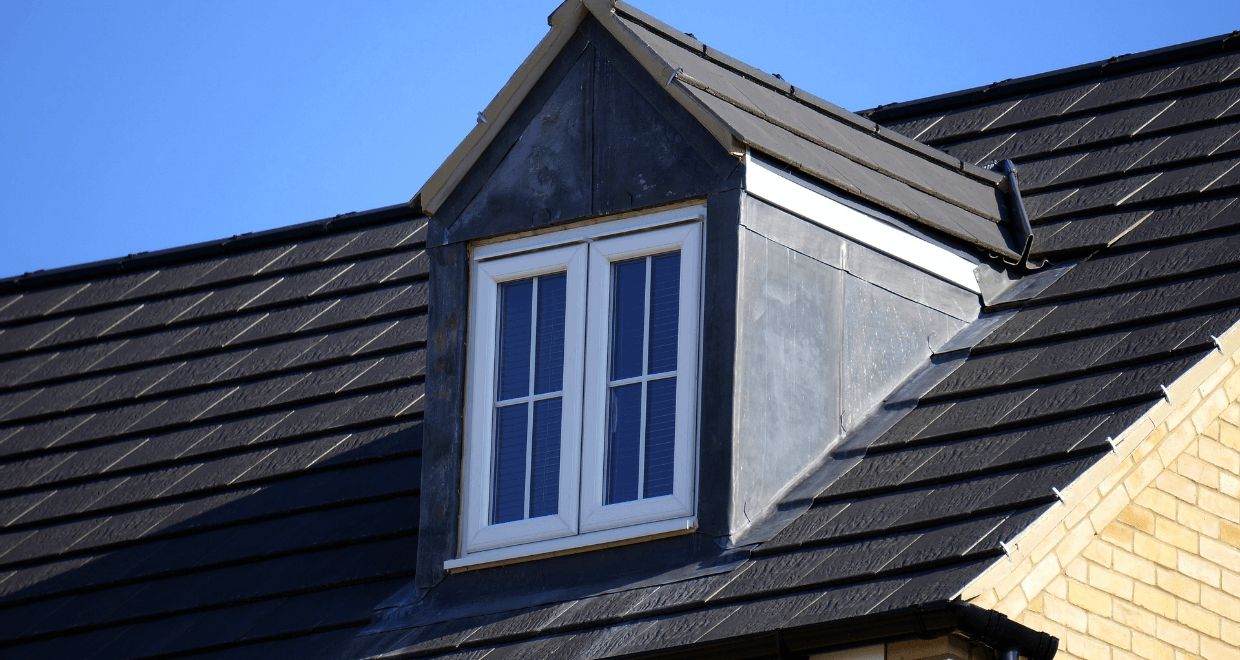
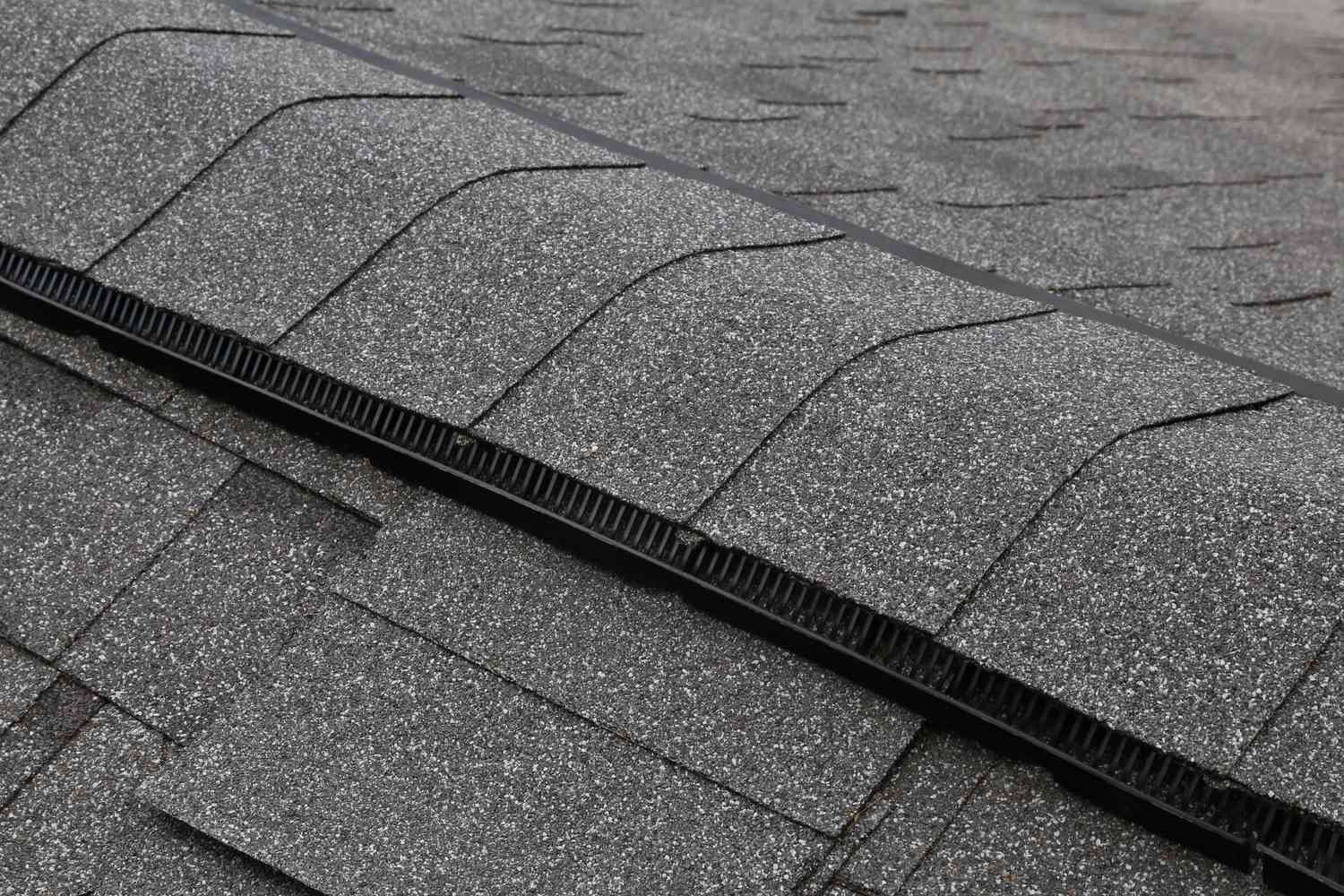


0 thoughts on “What Are The Eaves Of A Roof?”